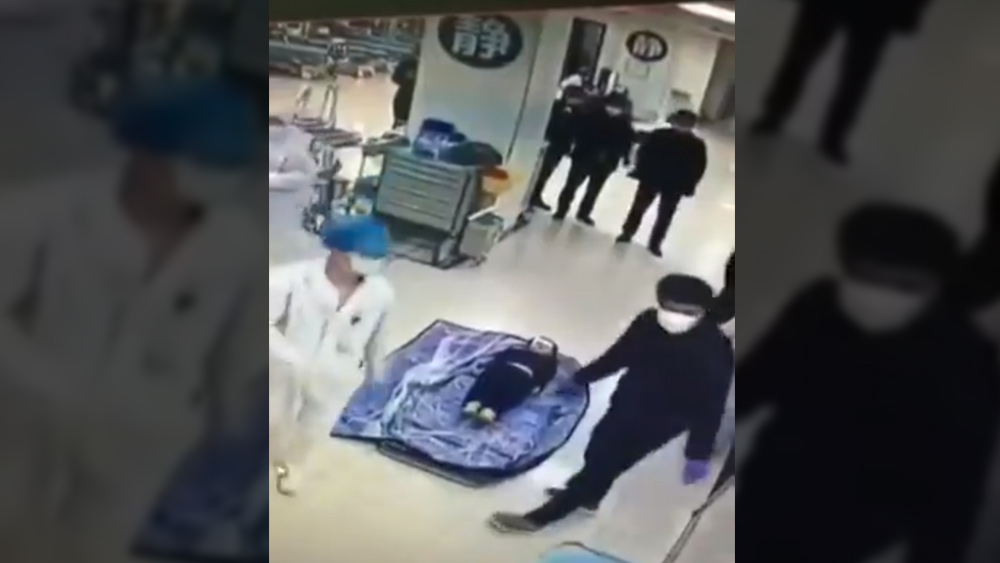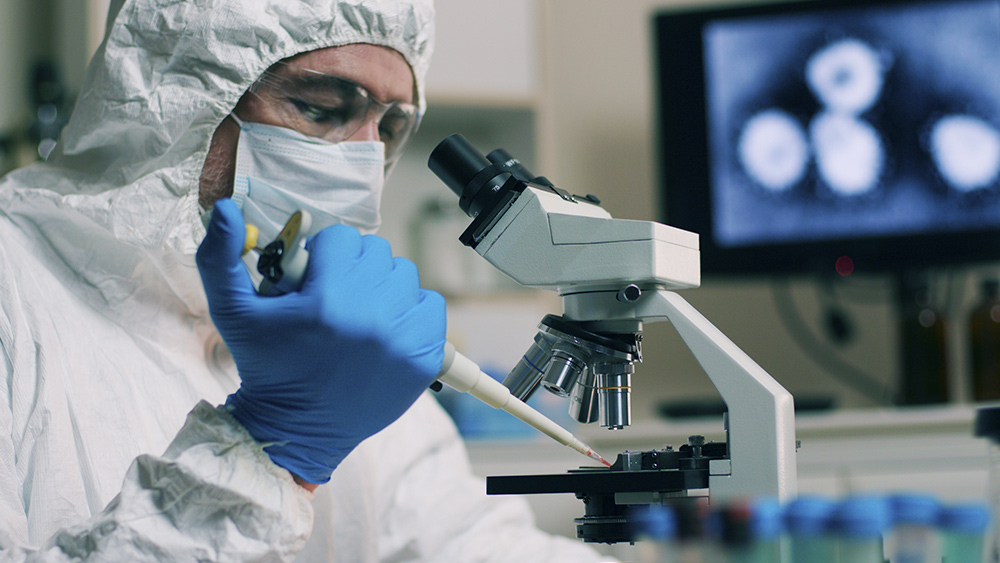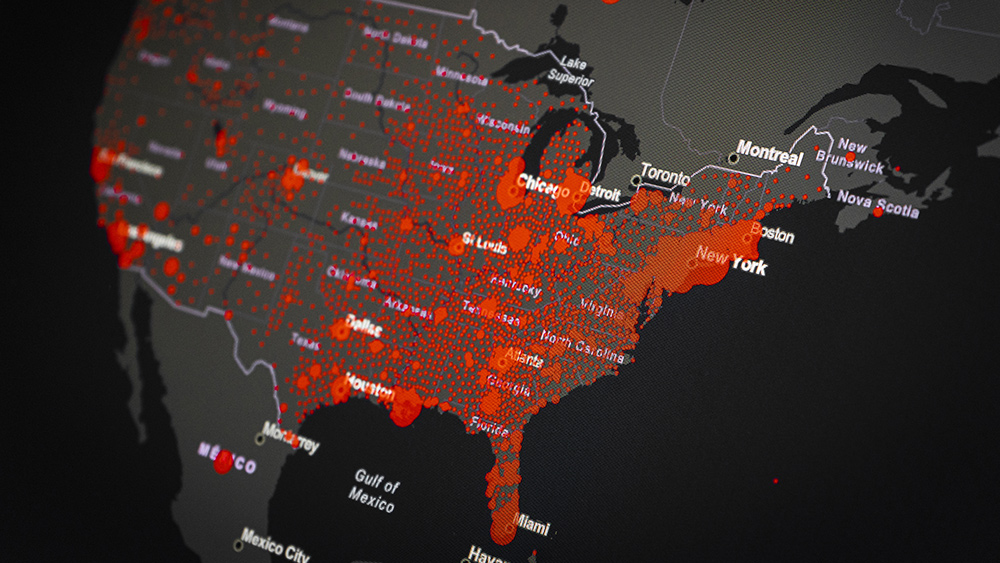NIH director won’t rule out possibility of coronavirus escaping from Wuhan lab
06/08/2020 / By Isabelle Z.

While some people continue to deny that the coronavirus currently plaguing the world could have escaped from the Wuhan Institute of Virology, other experts admit it’s a very real possibility – and now the director of the National Institutes of Health has joined their ranks.
NIH Director Francis Collins, a physician and geneticist, has said that although he doesn’t personally think the virus was genetically engineered, we simply can’t rule out the possibility that it could have escaped from the lab in Wuhan.
Speaking to Politico, he said: “Whether [the coronavirus] could have been in some way isolated and studied in this laboratory in Wuhan, we have no way of knowing. Nature created this virus and has proven once again to be the most effective bioterrorist.”
The lab at the center of the debate is known for its work on hybrid bat coronaviruses that are capable of infecting humans. As a BSL-4 lab, it has been designated to explore the world’s deadliest pathogens, and it’s run by the Chinese central government.
Both Secretary of State Mike Pompeo and President Trump have said on several occasions that the virus could have come from the lab. Pompeo said there was “enormous evidence” it came from a Chinese lab. When asked whether he’d seen something that made him believe the outbreak originated at the Wuhan lab, Trump said, “Yes, I have.”
In addition, the “five eyes” intelligence agencies (U.S., Canada, Australia, UK and New Zealand) are jointly investigating the virus’s origins and paying special attention to the work of Wuhan Institute of Virology Senior Scientist Peng Zhou.
Last month, the Office of the Director of National Intelligence confirmed the government was investigating the origin of the pandemic.
Meanwhile, Collins declined to comment on the NIH’s recent controversial move to pull funding from the researchers studying the spread of coronavirus from bats to people. The project, which included scientist for the Wuhan Virology Lab, was told by the NIH that its project didn’t “align with the program goals and agency priorities.”
China now says the virus didn’t come from bats at Wuhan market
China now seems to be backtracking on its original claim that the virus originated in bats at a Wuhan wet market. The Chinese Center for Disease Control and Prevention recently stated they had ruled out the site as the point of the origin’s outbreak. Samples that were collected from animals there came back negative, which would mean they didn’t infect shoppers.
Some experts have said that the market could instead have been the location of an early super-spreader event. For example, one sick person at the market could have passed it along to a high number of other attendees.
Wuhan lab has history of problems
The Wuhan lab is known for conducting gain-of-function research, which entails scientists studying viruses and determining how they can be modified to make them easier to transmit or more deadly. This is done with the aim of coming up with countermeasures for dangerous viruses, but it’s highly controversial for several reasons, chief among them– safety concerns.
There have been safety problems at the lab in question before, with American experts who visited the Wuhan lab two years ago warning that the lab needed more attention because of safety issues related to their work with bat coronaviruses. They also identified a lack of trained investigators and technicians with the right know-how for a high-containment lab.
Scientist Yuri Deigin has said it’s entirely possible the virus was created in a lab, and there wouldn’t necessarily be outward indications that it was engineered. In fact, we might never really know how this ordeal started –but it’s very telling that trained experts and politicians with insider knowledge believe it could have originated in the lab.
Sources for this article include:
Tagged Under: biological weapons, bioweapons, coronavirus, covid-19, genetic engineering, genetic lunacy, NIH, origin, outbreak, research, Wuhan



















